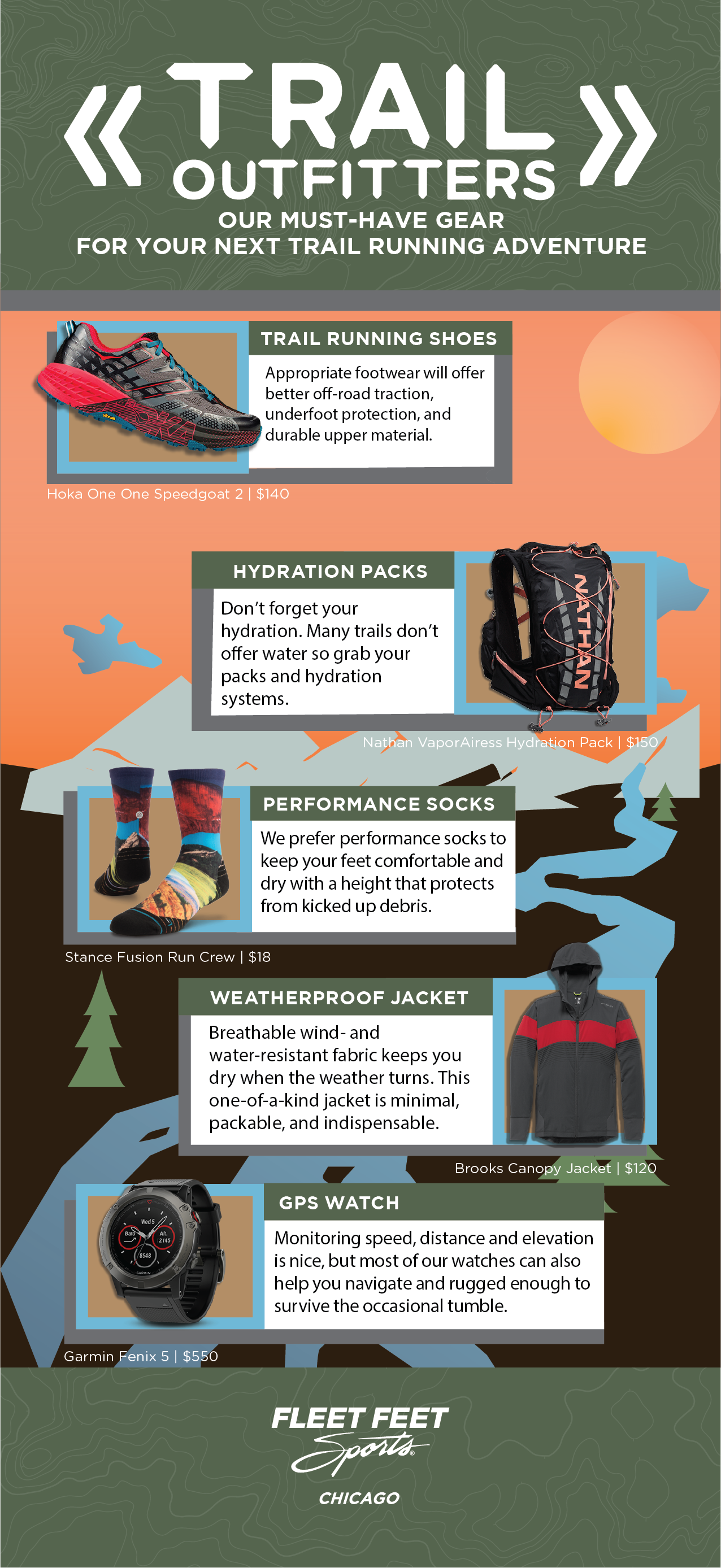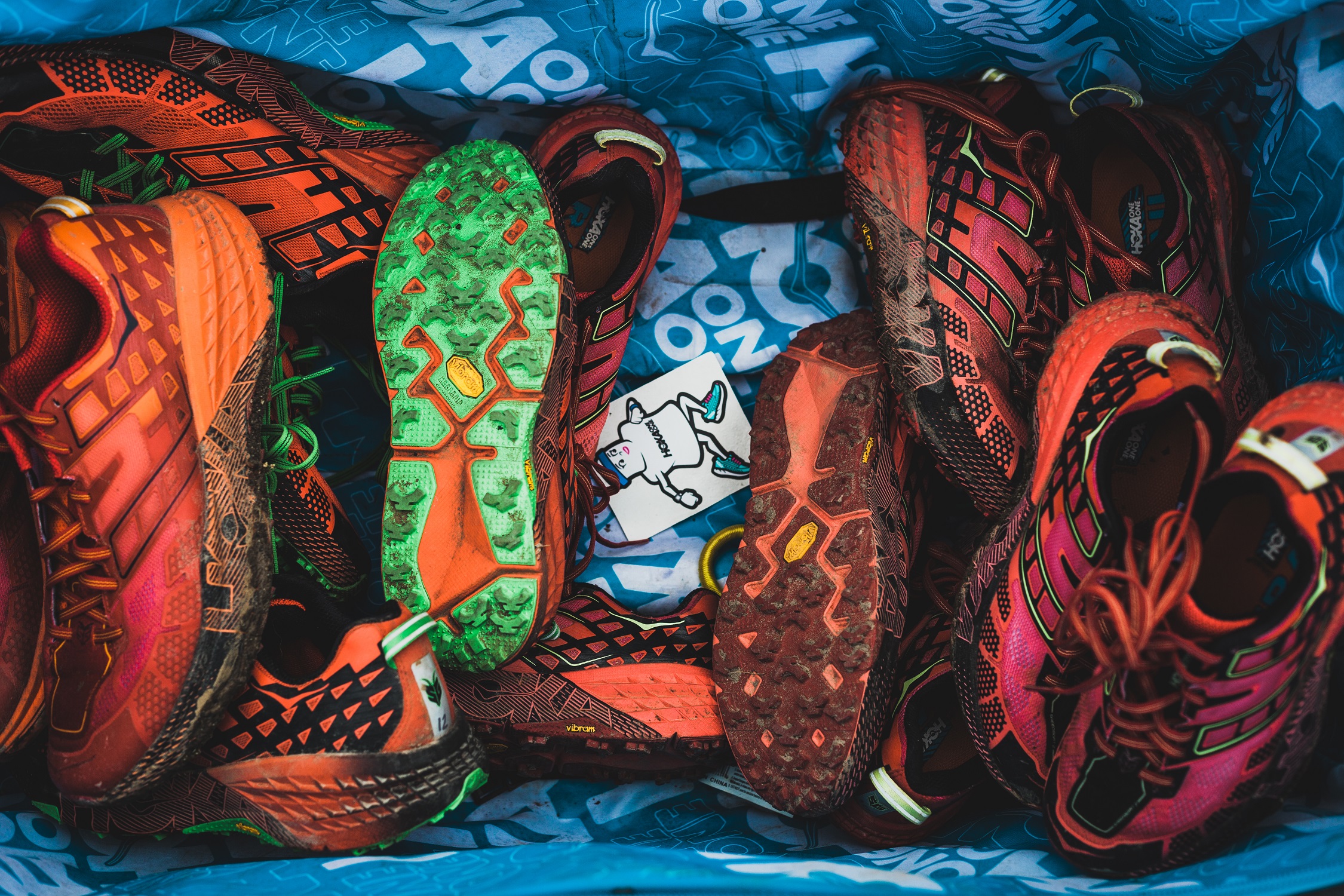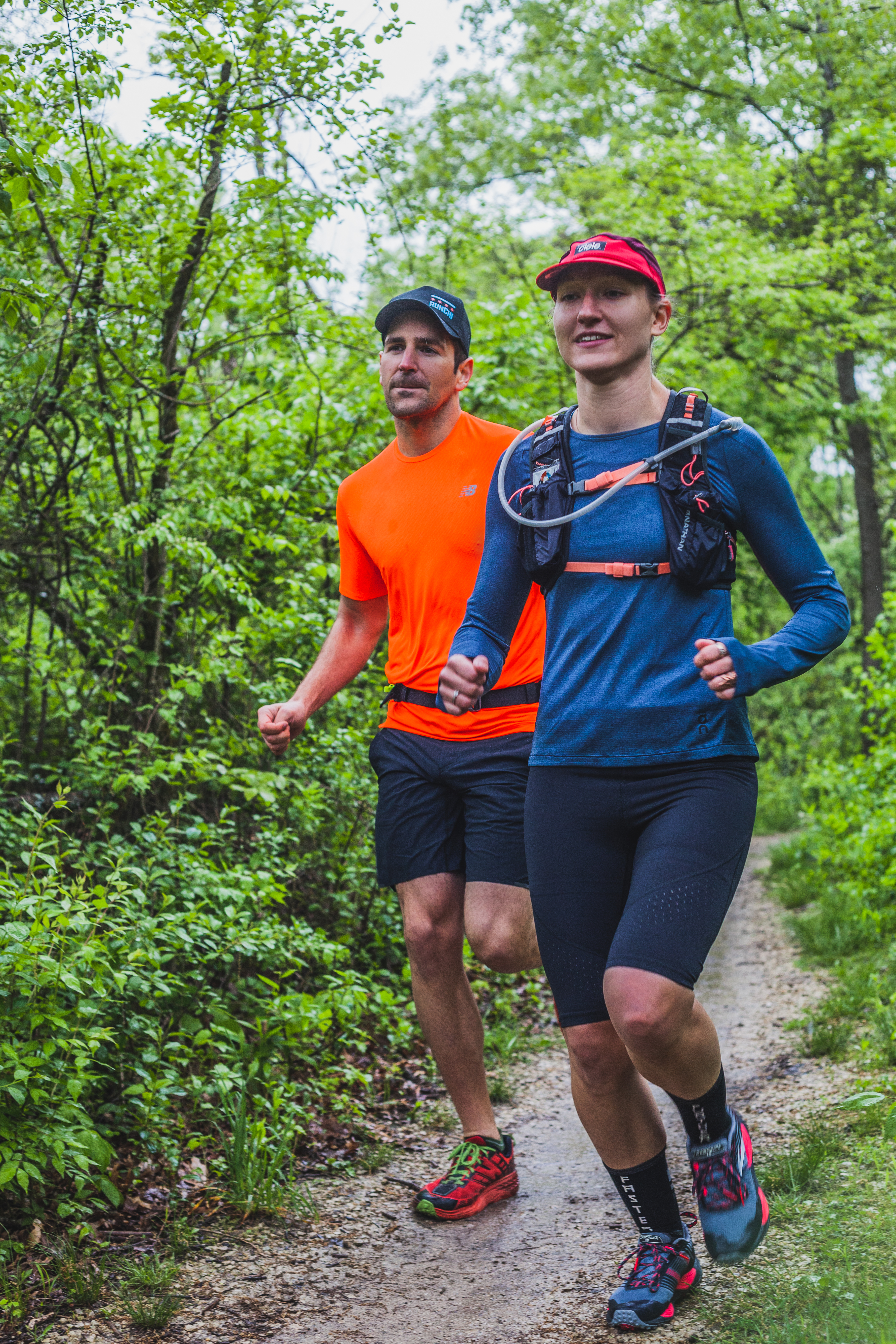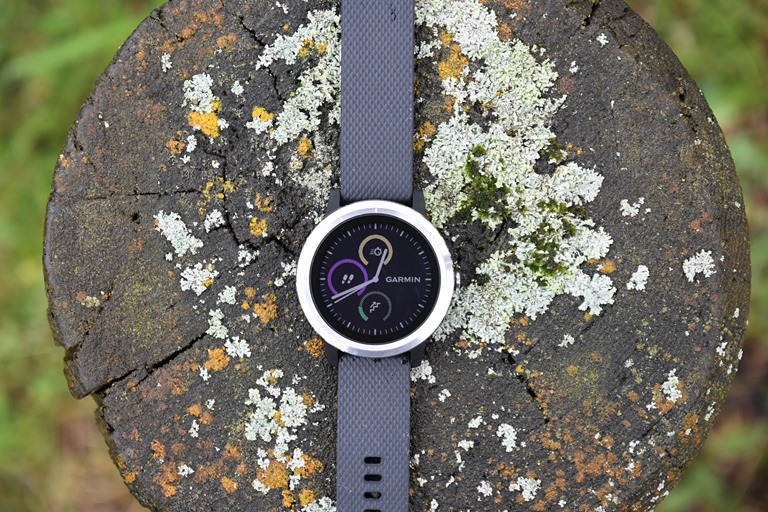When Dressing for Trails, the Differences are There, Yet Subtle
Gearing up for a run on nature's treadmill isn't much different that dressing for the pavement, but there are subtle differences that you need to account for.
Let's use our in-store handout as a guide. We'll expand into more detail below.

First, and most important, you'll need some trail running shoes. And they're different from your typical road shoes. Let us explain.
Trail running is often considered a completely different sport than road running, and with good reason. Running on the trails takes a little more balance and a little more agility. To combat this, shoes are designed differently for trail running.
The most notable difference between a trail shoe and a road shoe is the design of the outsole.
Because of the varying terrain on trails, additional traction is often necessary which requires deeper treads on the outsole. Road shoes don’t need nearly as much traction so the treads are often much shallower, and made with less material so the shoes tend to be lighter.
Trail shoes also tend to have a more rugged upper because of the unpredictable conditions on the trail.
In an effort to keep out sand, dirt, and debris, trail shoes often have a more tightly woven mesh upper and more overlays which also add some durability to ensure the shoes hold up to the demands of a trail run.

Another thing you may notice about your trail shoes is the inclusion of a rock plate in the midsole.
You won’t find this in all trail shoes, but for more rugged trails where you will encounter rocky terrain, it is beneficial to have a shoe with a rock plate in order to protect your foot. The rock plate adds some stiffness in the forefoot, and sacrifices a little flexibility but the tradeoff of more protection is often worth it!
Most trail running shoes are what we consider neutral stability.
That means the density of the midsole is the same on the medial and lateral side of the shoe. When you’re running on trails, a more supportive midsole does not have as much effect on your body as it does on the road. The softer surface and varying terrain is more forgiving on your joints than running on pavement, and a neutral shoe will tend to allow your foot to move more naturally on the trail.
Please, don't forget about how you'll hydrate.
When you make the decision to drive 30 mile outside of the city, you'll probably want to maximize your time on the trails and spend a decent amount of time running them. Many trails don't offer water along the way and if they do, it's pretty far and in between.

We carry a bunch of portable hydration options, specifically, from Nathan Sports that vary from handheld water bottles, hydration belts, and hydration backpacks. Make your decision based on the amount of time you'll be out there and based on comfort. But don't cheap on on a backpack, rough materials can cause sholder chafing, especially when wearing sleeveless shirts and tanks.
Apparel: when dressing for trails, the differences are there, yet subtle.
But don't overthink it.

It starts with fitted clothing, both on top and bottom.
Wearing clothing that fits your body is more important than ever on trails. Baggy tops and bottoms can easily snag on bushes and trees, not to mention cause chafing no matter what surface you're running on.
Keep your legs dirt-free with some performance crew length socks.
We prefer performance socks to keep your feet comfortable and dry with a height that protects from kicked up debris.
A lightweight, weatherproof jacket can be your savior if the weather turns.
You know how the Chicago-area weather can be. Keeping a breathable, wind and water-resistant jacket can keep you dry. Some jackets, such as this one from Brooks Running is minimal, packable, and indispensable. Don't want to wear the packable jacket on your arm? Stash it one of these hydration backpacks.
A hat can help you reach peak trail running aesthetic and shade you from the sun.
Not only do these hats from Ciele look damn cool, they also provide UV protection from the sun, absorb sweat, and protect from low hanging limbs.

Forget about getting potentially lost with a GPS watch.
We carry the Garmin brand in our stores. All of them can monitor your speed, distance, and elevation (which you'll get out on the trails unlike the flat city streets). Some of them can even help you navigate with engaging maps right at your fingertips. They're also rugged enough to survivle the occasional tumble.
Connect With Us
see the latest from Fleet Feet Chicago